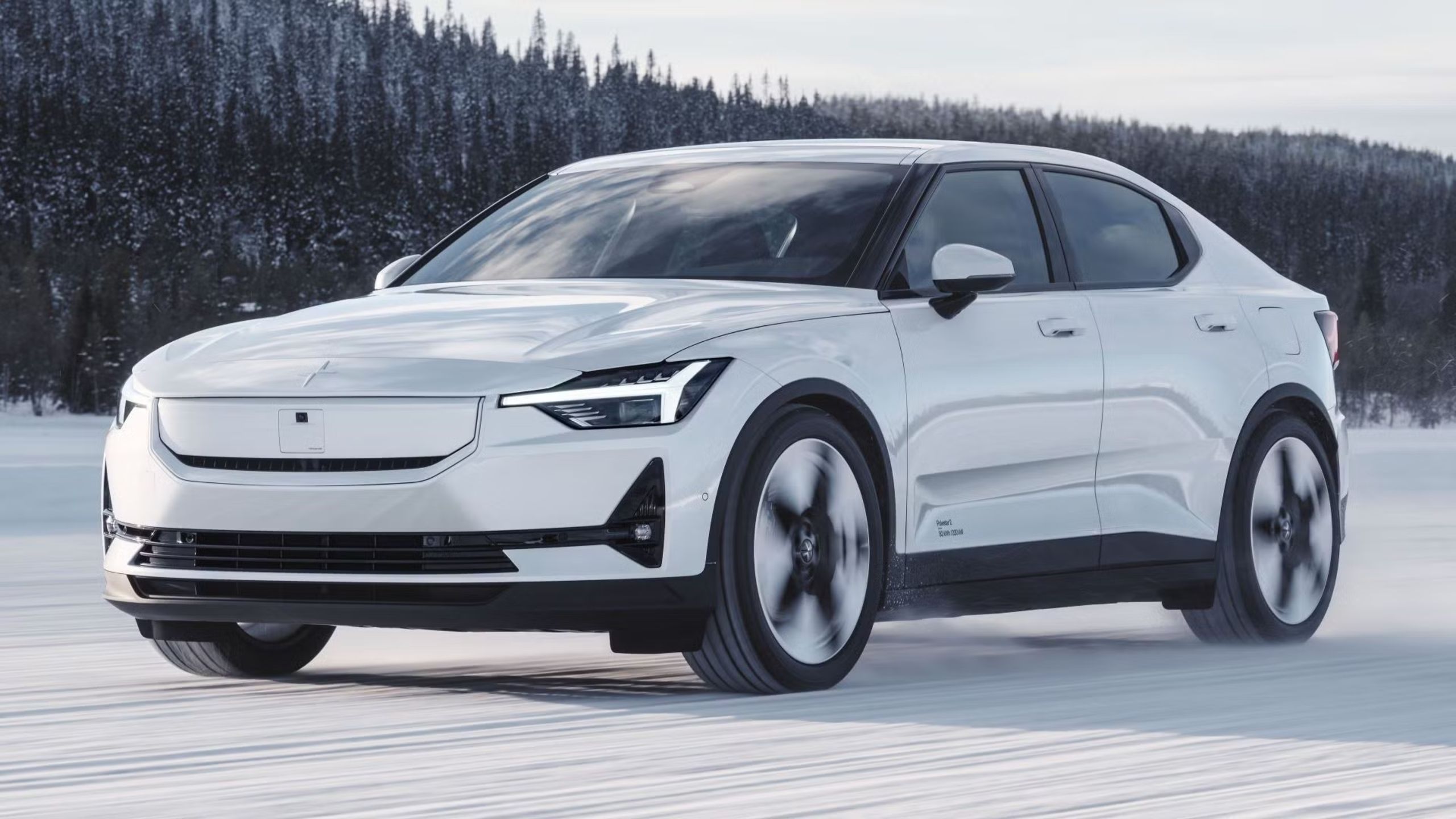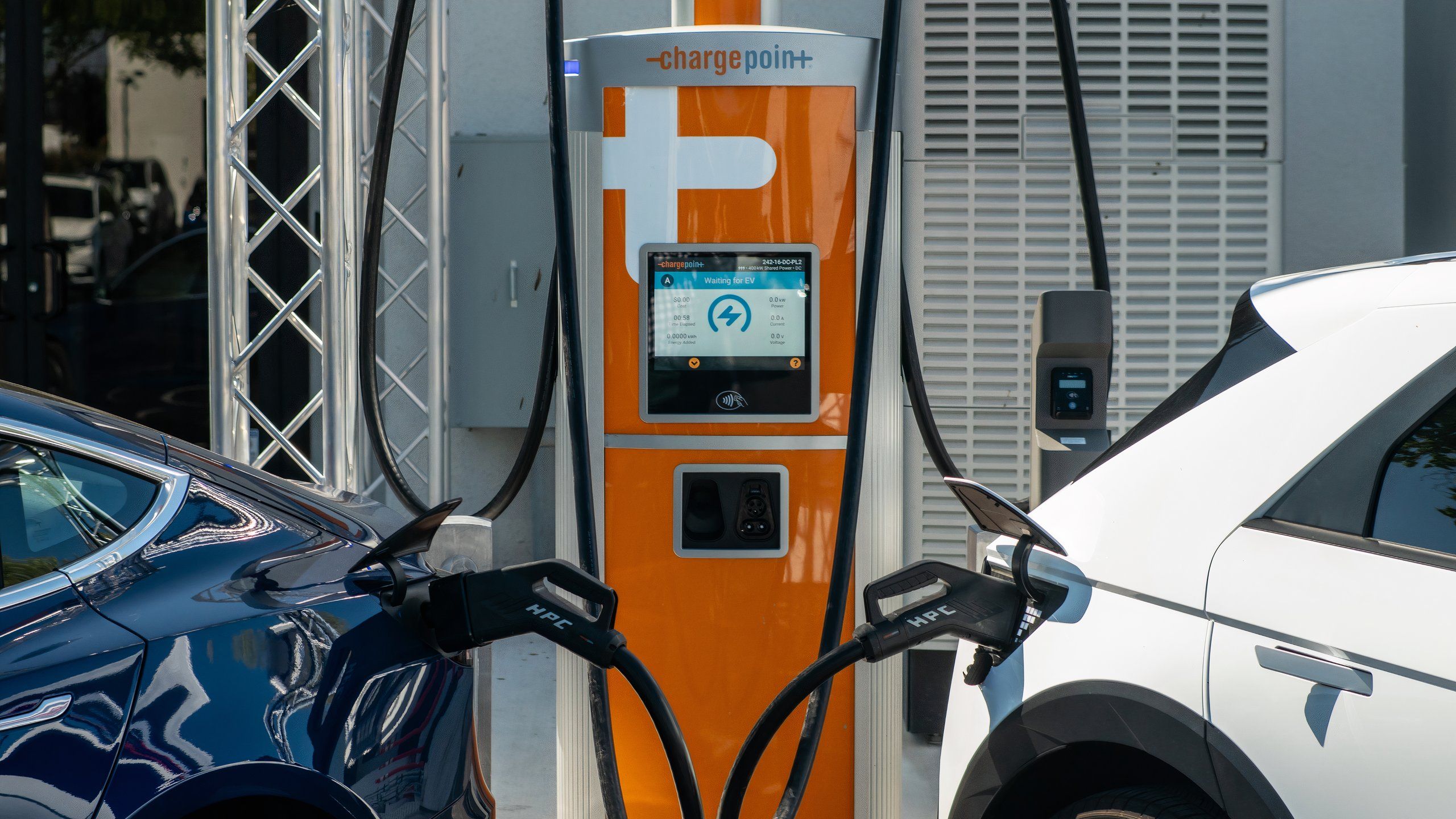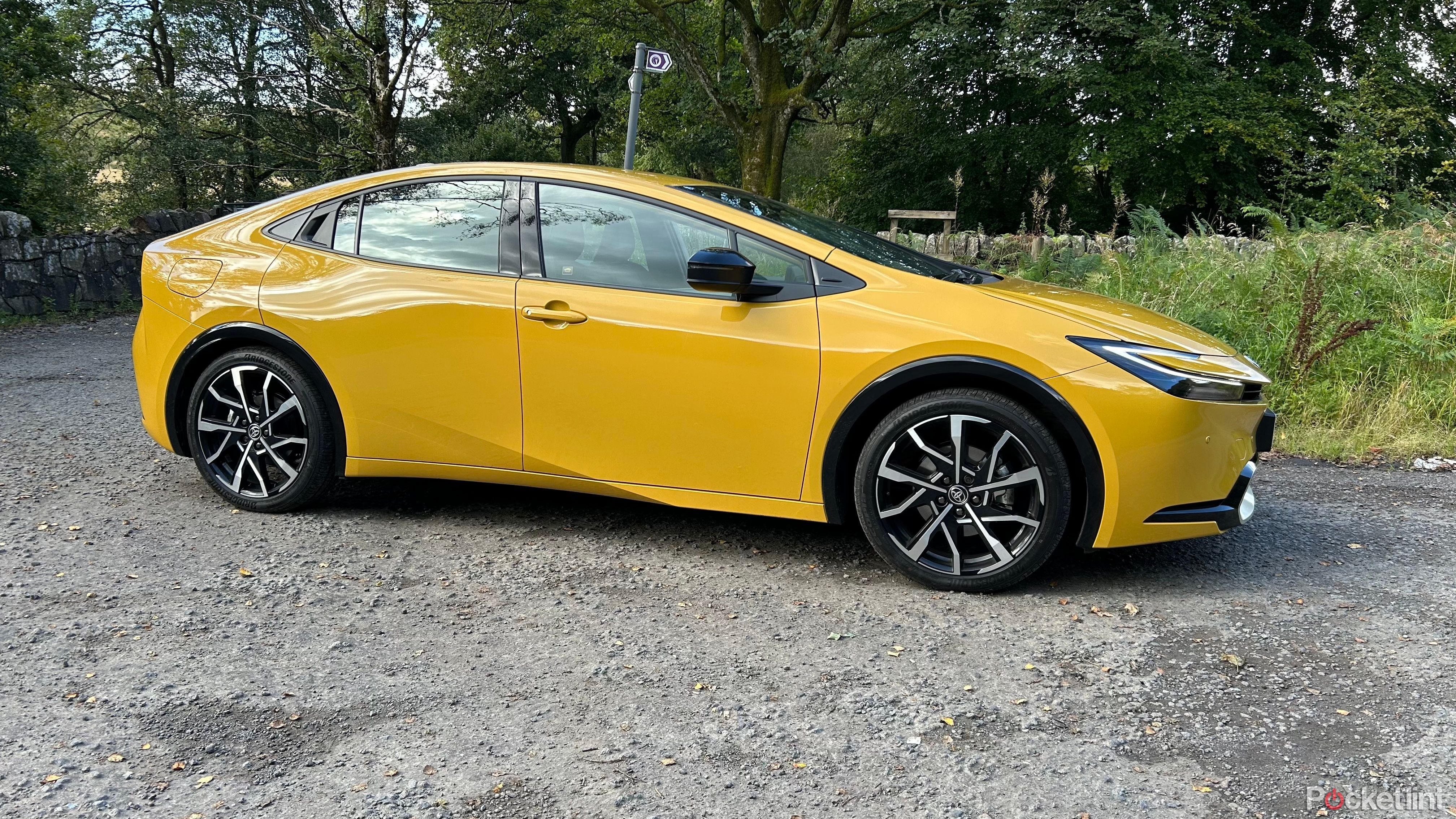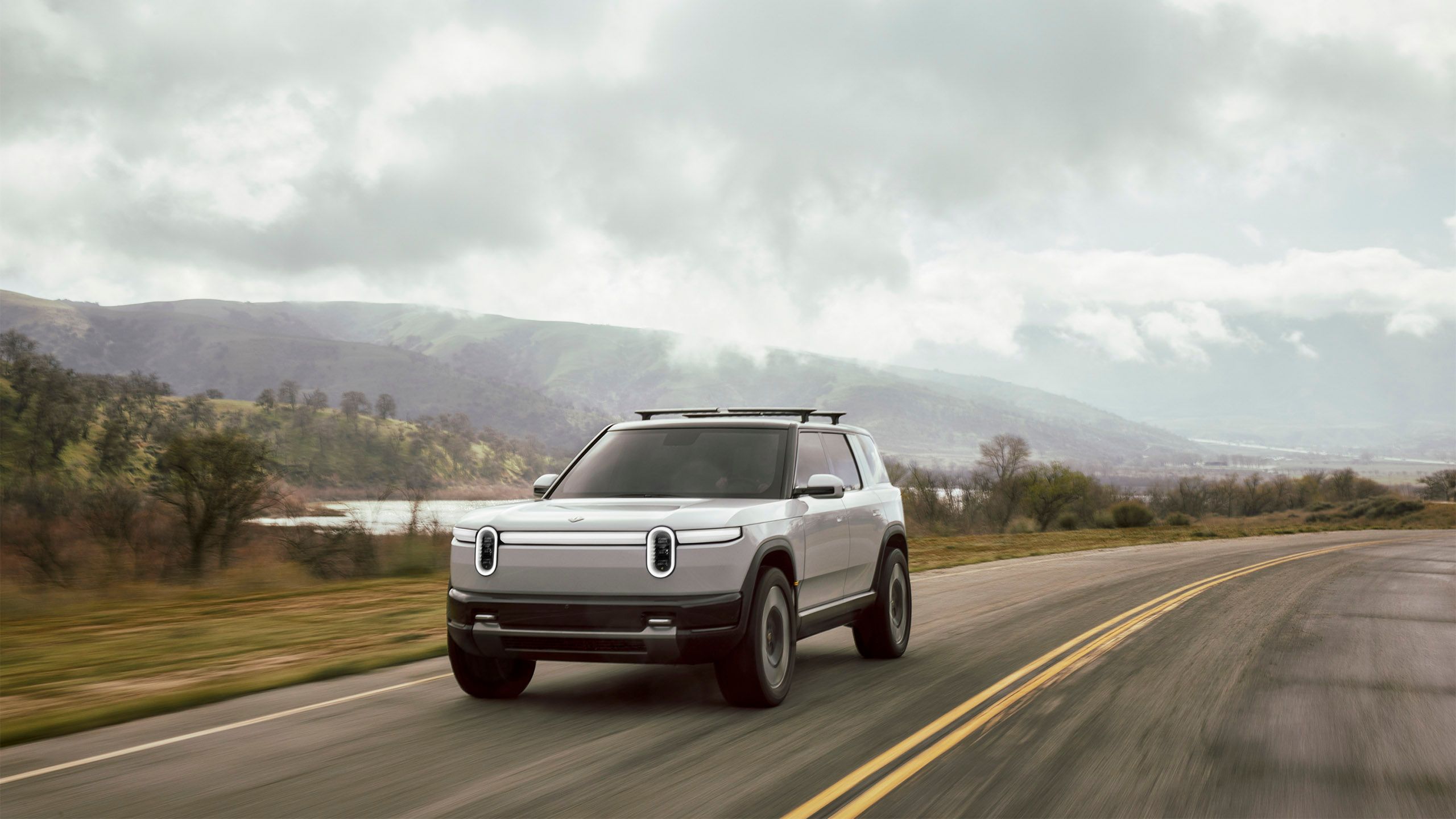Summary
- Hybrids are ideal if range trumps all other considerations, especially in cold weather.
- Full EVs are cheaper to operate, however, not to mention quieter and more convenient in many cases.
- Your lifestyle and the climate you live in are going to dictate which one is better.
While I’m driving a gas-powered Hyundai Venue at the moment, I’ve actually owned an
electric car
before. It was a 2018
Nissan Leaf
, and I miss it — although its 150-mile range created problems, the only reason I let it go is that I was moving from the US to Canada. My wife and I might’ve got another EV right away if we hadn’t had many other expenses on our plate.
The Venue should continue to be good for a while, but I’m already starting to consider possible upgrades once money allows. Hybrids are high on my list, given the conditions of living in Alberta. When it comes down to it, however, I’m leaning towards going all-electric again. There are pros and cons to each camp.
Related
Everything you need to know about PEVs, or personal electric vehicles
You can use PEVs to explore, run errands, or speed up your commute.
Why you might want to go hybrid
Coping with life in North America
In case you’re unfamiliar, there are three levels of hybrid available. “Mild” hybrids are on their way out, simply using electric motors to improve the efficiency of gas engines. The next step up are series and parallel hybrids, which use a gas engine to recharge the EV system or supplement its power, respectively. Increasingly prevalent are plug-in hybrids (PHEVs), which can drive entirely on electric power for some trips, switching to gas only when more power or range is needed.
Range is the main reason to choose a hybrid. The hybrid version of the 2025 Ford F-150, for example, gets up to 704 miles, or about 1,133 kilometers. From where I am in Edmonton, that’d be enough to drive all the way to Montana or the greater Vancouver area on a single tank of gas. At best, my Venue — a much lighter vehicle — can hit a little over 660 kilometers (410 miles), and many full EVs are still under the 300-mile (483-kilometer) mark. I’d certainly choose a hybrid if I was planning to drive across the US instead of fly.
I’d certainly choose a hybrid if I was planning to drive across the US instead of fly.
Even if you don’t intend to drive cross-country, this translates into other benefits. For one, hybrid drivers rarely have to worry about topping up. There’s a reason why many taxi fleets use hybrids — a Toyota Prius can do airport runs for days before needing to stop. Us regular drivers may go weeks or even months before having to refuel.
When hybrids do need a drink, an obvious advantage over EVs is the omnipresence of gas stations. Though charging networks are growing, even spreading to rural areas, there’s simply no worry about finding gas anywhere you’d like to go. EV drivers often have to plan long-distance roadtrips around charger availability, including the 20 to 40 minutes or more it might take a battery to replenish.
A big concern for Canadians — or anyone north of the Mason-Dixon line, really — is freezing weather. While both hybrids and conventional gas cars lose range in winter, EVs can lose as much as 41% depending on the temperature, per the US Department of Energy. That’s not a big deal for city driving, but it could actually block some intercity trips unless you know there’s a charging station midway.

Related
5 things you might not know about driving an EV in cold, snowy weather
It’s perfectly fine to own in EV in places where you can go sledding or skiing.
Why I’m still gunning for a full EV
Lifestyle, the environment, and other benefits
Nissan
Although it’s not as big a concern for me as it should be, one benefit of EVs is their reduced environmental impact. Manufacturing an EV does produce initial pollution, but once it rolls off the assembly line, that’s it — the only further impact (during its lifetime) is going to come from whatever sources produce its electricity, and basic maintenance. A hybrid still spews carbon dioxide and other chemicals into the atmosphere, only mitigating the damage versus standard combustion engines.
Speaking of maintenance, one of the things I loved about my Leaf was how little maintenance it needed. By their nature, EVs require fewer parts — things like spark plugs, timing belts, carburetors, and oil systems are completely missing. There are fewer things that can break down or run out, so often, maintenance is limited to little more than tires and washer fluid. I do dread the idea of having to replace an EV’s battery — something that can cost thousands or even tens of thousands of dollars — but that’s extremely unlikely.
Frequently, EVs are on the cutting edge of automotive design beyond just engine technology.
Being able to charge at home and for much lower costs than gas also opens up new lifestyle possibilities. Suddenly, travel costs become almost irrelevant for anything within city limits, so there’s more incentive to explore and have fun. And while EVs do typically cost more upfront, savings in fuel and maintenance can make them cheaper to own in the long run.
One of the greatest appeals for me is the actual in-car experience. EVs are wonderfully silent, making it easier to hear music, conversation, and sometimes potential hazards. They’re also surprisingly powerful when it comes to acceleration. With Eco mode off, my Leaf was able to out-accelerate many sports cars, since all of its torque was instantly accessible. Passing and merging was a breeze — as easy as it could be in Texas, anyway.
A final point to make is that, frequently, EVs are on the cutting edge of automotive design beyond just engine technology. Because everything is powered by a gigantic battery, wild things are possible, like screens spanning the entire dashboard, or using your car as a backup for your house (as with the F-150 Lightning). I’m a sucker for novelty, especially when it gives me an early glimpse at a feature everyone else is going to want too.

Related
Should you install a home charger for your EV, or use charging stations instead?
It’s always tempting to install an at-home charger, but you shouldn’t do it automatically.
How to decide between a hybrid and an EV
Where you live matters a ton
Rivian
Although I’m expecting to go the EV route, I’m not going to pretend that everyone should follow my lead. If you live in a cold climate and/or absolutely need the option to go long distances on a regular basis, there might not be much choice but to buy a hybrid. It’s one thing to go roadtripping with an EV in California — in an Alberta winter, or a Michigan one for that matter, you might not be able to go much further than the next major city without a charging stop. In the Texas heat, my Leaf could make the trip from Austin to San Antonio, but inevitably had to recharge on the way back.
Once you’ve owned an EV, it’s difficult to go back to anything else.
An EV can quickly win out within city limits, assuming you can stomach the sticker price and charging options are relatively accessible. The tech is quieter, more convenient, and less expensive to operate. Some people, myself included, tend to argue that once you’ve owned an EV, it’s difficult to go back to anything else.
It’s not like long-distance trips are off the table either, even in winter — you just have to research charging options and plan accordingly. If I do buy an EV, I’ll presumably keep flying to places like Austin and Ottawa, but stay electric for destinations like Banff and Vancouver.

Related
Smartphones are finally starting to offer better battery life, and I couldn’t be happier about it
But will the biggest phone makers join the trend?
Trending Products

Sceptre Curved 24.5-inch Gaming Monitor up to...

SAMSUNG 34″ ViewFinity S50GC Collection...

Wi-fi Keyboard and Mouse Combo – Rii Co...

Logitech Media Combo MK200 Full-Size Keyboard...














